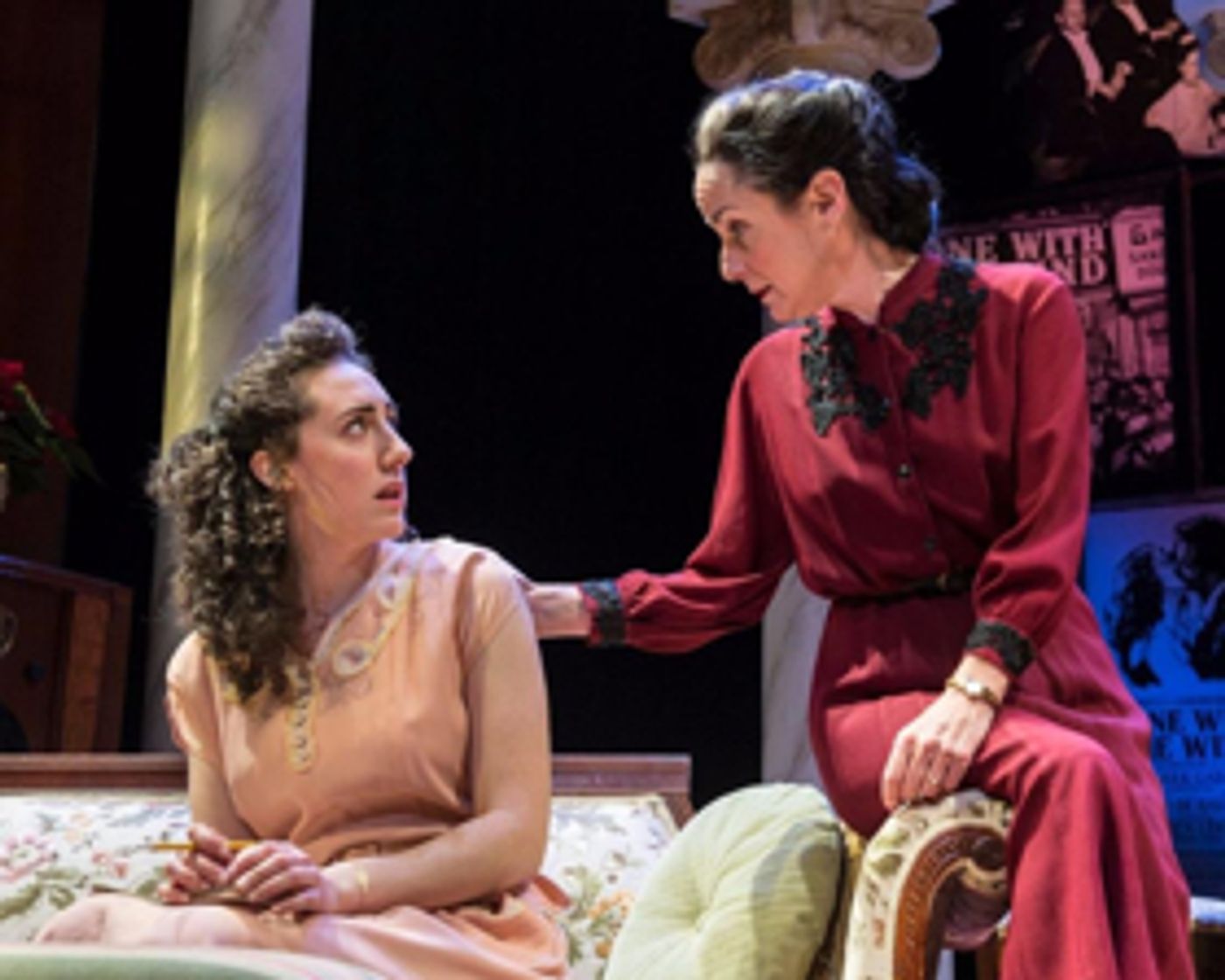Review: Southern Charm Radiates from Theater J's THE LAST NIGHT OF BALLYHOO

If there is one constant in the works of Alfred Uhry it is that of a social conscience. This was, after all, the playwright who brought us the poignant Pulitzer Prize winning play Driving Miss Daisy and the heartbreaking musical Parade. Which is why it is surprising that his play, The Last Night of Ballyhoo, was lacking that moral clarity and conscience.
Despite the eternal themes of identity and religious tolerance, combined with its vivid characters and sharp barbs, the examination of religious prejudice too often becomes a secondary concern in the play. The result is that Theater J's production, led by Susan Rome and Shayna Blass, while near perfect, still cannot overcome the fact that The Last Night of Ballyhoo has the impact of Hallmark movie - gentle, warm, but ultimately forgettable.
The problem lies in the play's construction. More specifically, that the focus often seems misplaced. And while the family dynamic is fun to watch, the play has deeper themes. We can't help but wish Uhry would explore them.
When we first meet the Freitag family, Lala, the aforementioned Blass, is bubbling with excitement. Gone with the Wind is having its world premiere in Atlanta and Lala wants to go star-gaze at all the celebrities attending. Her mother Boo, played by the commanding and steely Rome, would rather she focus less on the movie premiere and more on getting a date to the upcoming Ballyhoo, an all-Jewish dance. However, Lala wants nothing to do with Ballyhoo until her Uncle Adolph, the loving and paternal Sasha Olinick, brings his new assistant Joe to a family dinner. Suddenly Lala is interested in Ballyhoo, and going with Joe, played with boyish good looks and charm by Zack Powell. Joe is not interested in Ballyhoo that is until he meets Lala's cousin Sunny, the bookish and smart Madeline Rose Burrows.
The conflict in The Last Night of Ballyhoo lies in both in the Freitag family's association with Judaism and the location of the Ballyhoo. Even though the family is Jewish, they have a Christmas tree radiating with colored lights and gifts, wish their neighbors and friends a 'merry Christmas', and often remind us that they are one of two Jewish families who live on an upper-class street. As for the Ballyhoo, it is being held at a club whose membership is restricted to Jews of German descent. Jews from Eastern Europe, Russia or elsewhere are prohibited from becoming members.
And while the setup is utterly intriguing, too much of the play focuses on the Ballyhoo itself. Will Lala get a date, what will she wear, and is Joe going to ask Sunny to be his date? It is not till the final quarter of the play where the issue of religious identity and tolerance is raised, courtesy of Joe's passion and pride in his Eastern European heritage. By that point the conflict is quickly wrapped-up, so much so that it is debatable whether the final scene is real or a dream sequence.
That's not to say that the play is not enjoyable, quite the opposite. There are many laughs to be had, the cast is stellar and the production top-notch. Blass, who despite being New York-based, is becoming a fixture in the DC theater scene and for good reason. Her Lala gives both Vivien Leigh and Carol Burnett's Scarlett O'Hara a run for their money in terms of drama and laughs. She's aided by Amber Paige McGinnis' direction which celebrates the play's humor. When we see Lala's Ballyhoo dress, tactfully designed for comedic effect by Kelsey Hunt, McGinnis acutely knows how to prevent the scene and the gag inherit in Lala's costume from carrying on too long.
A steely and determined Rome is sharp as Boo. Both the desperation of Lala's situation and drive in fixing her daughter's flaws make her someone not to be reckoned with. Then again though, the play is not a question of whether Lala goes to Ballyhoo. But rather what happens when beliefs become so ingrained that we fail to notice them. There's a moment when Aunt Reba, played with absent-minded charm by Julie-Ann Elliott, makes a remark about the 'other Jews' and not only is this never challenged, it is barely acknowledged.
Uhry was commissioned by the Olympics' Art Festival to write The Last Night of Ballyhoo in celebration of the 1996 Summer Games in Atlanta. He choose to set the play during the last major event to take place in the city, the 1939 world premiere of Gone with the Wind. And the movie, in many ways, is almost like a silent character.
Now if you have never seen Gone with the Wind, do not worry because movie posters and pictures from the premiere fill Daniel Conway's stylish upper-middle class set. Justin Schmitz's sound design utilizes Max Steiner's score from the Civil War epic between scenes, returning us to the grandeur of the antebellum south. The score is also utilized in a tongue-and-cheek manner as a humorous accompaniment to Lala's many dramatic moments.
There's a lot to like with The Last Night of Ballyhoo. However, while Uhry may have strived to have the play make a statement, we are instead left with a feel-good play that says little. From the cast to the creative design aspects, Theater J's production is as good as it gets. We just wish Uhry's play was the same way.
Runtime is two hours and 15 minutes with one intermission
The Last Night of Ballyhoo runs thru December 31 at Theater J - 1529 16th St NW, Washington, DC 20036. For tickets please click here.
Photo: Shayna Blass and Susan Rome in The Last Night of Ballyhoo at Theater J. Credit: Teresa Castracane.
Reader Reviews
Videos

